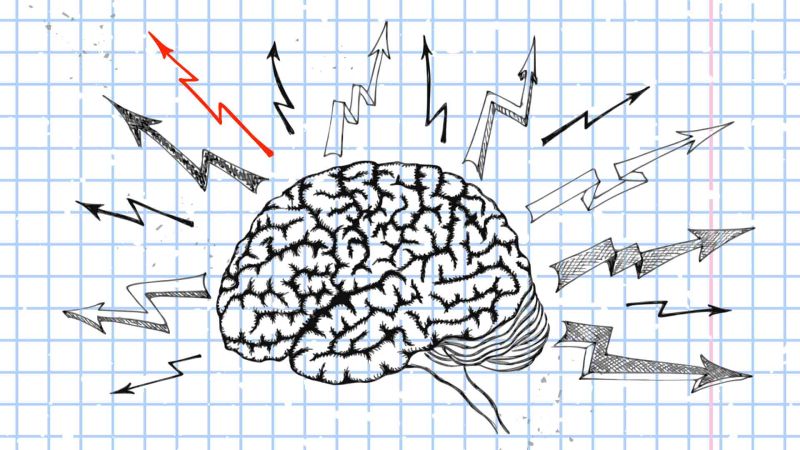Growth mindset has become a pervasive theme in education discussions in part because of convincing research by Stanford professor Carol Dweck and others that relatively low-impact interventions on how a student thinks about himself as a learner can have big impacts on learning. The growth mindset research is part of a growing understanding and acknowledgement that many non-cognitive factors are important to academic learning.
While it’s a positive sign that educators see value in the growth mindset research and believe they can implement it in their classrooms, the deceptively simple idea has led to some confusion and misperceptions about what a growth mindset really is and how teachers can support it in the classroom. It’s easy to lump growth mindset in with other education catchphrases, like “resiliency” or “having high expectations,” but growth mindset actually has a much more concrete definition. As Eduardo Briceño wrote in a recent post for MindShift, “It is the belief that qualities can change and that we can develop our intelligence and abilities.”
This simple idea can lead to big changes in learners, but it has been commonly misinterpreted to mean that if teachers praise students for working hard, they will develop a growth mindset. In many cases that isn’t true and students will feel that praise is disingenuous. Briceño explains it this way: “Students often haven’t learned that working hard involves thinking hard, which involves reflecting on and changing our strategies so we become more and more effective learners over time, and we need to guide them to come to understand this.”
To foster growth mindsets in students, teachers can coach students to try different learning strategies that make the brain work smarter. Educator praise can be used to acknowledge specific strategies students have tried and can push students to reflect on themselves as learners. This process is more complex than it looks and ultimately should help lead students to become more independent thinkers.
Growth mindset is also not a panacea for low achievement or education inequality, although the fervor with which some districts have adopted the idea might lead one to believe that. Critics like Alfie Kohn point out that no individual attitude shift is going to overcome the very real structural inequalities that exist in schools. He worries that focusing on mindsets will not only mask those bigger problems, but could undermine the imperative to provide compelling learning experiences that lead students to discover an innate love of learning.

